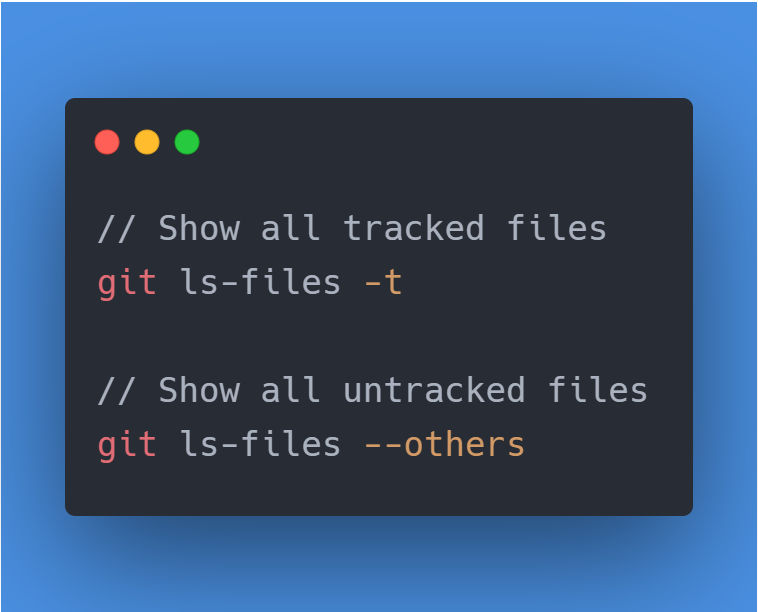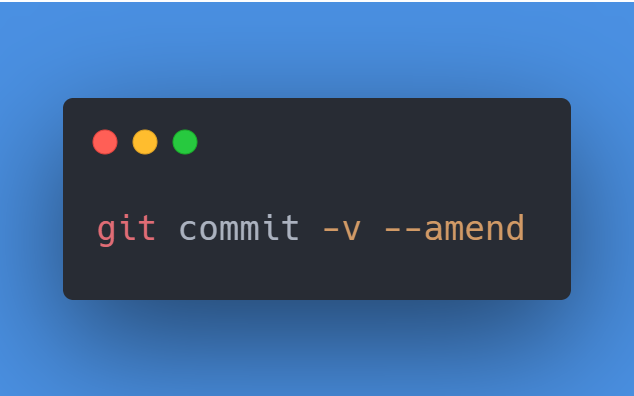
In this #Serverless 101 thread, @edjgeek will give you a high-level overview of various AWS Serverless services through.
He'll cover services like;
➤ #DynamoDB
➤ $SQS
➤ #SNS
➤ #StepFunctions
➤ #EventBridge
➤ #Kinesis
➤ #AWSLambda
➤ #S3
🧵👇 #AWS #CloudComputing
He'll cover services like;
➤ #DynamoDB
➤ $SQS
➤ #SNS
➤ #StepFunctions
➤ #EventBridge
➤ #Kinesis
➤ #AWSLambda
➤ #S3
🧵👇 #AWS #CloudComputing

Serverless 101: Intro
Serverless 101: A series to help you understand what AWS serverless services do. It talks about how to use the services together to build highly scalable applications using event-driven architecture built on serverless.
▶️
👇
Serverless 101: A series to help you understand what AWS serverless services do. It talks about how to use the services together to build highly scalable applications using event-driven architecture built on serverless.
▶️
👇
Serverless 101: Amazon SQS
A high-level overview of SQS. SQS is a fully managed message queuing service that makes it easy to decouple and scale microservices, distributed systems, and serverless apps.
▶️
👇
A high-level overview of SQS. SQS is a fully managed message queuing service that makes it easy to decouple and scale microservices, distributed systems, and serverless apps.
▶️
👇
Serverless 101: Amazon DynamoDB
A high-level overview of DynamoDB and why it is purpose-built for EDA apps built on serverless. It is a fully managed NoSQL database service that provides fast & predictable performance with seamless scalability.
▶️
👇
A high-level overview of DynamoDB and why it is purpose-built for EDA apps built on serverless. It is a fully managed NoSQL database service that provides fast & predictable performance with seamless scalability.
▶️
👇
Serverless 101: Amazon EventBridge
A high-level overview of Amazon EventBridge. It is a serverless event bus service that makes it easy to connect your apps with data from a variety of sources. It delivers a stream of real-time data from your apps
▶️
👇
A high-level overview of Amazon EventBridge. It is a serverless event bus service that makes it easy to connect your apps with data from a variety of sources. It delivers a stream of real-time data from your apps
▶️
👇
Serverless 101: Amazon Kinesis
A high-level overview of Amazon Kinesis. Amazon Kinesis makes it easy to collect, process, and analyze video and data streams in real time.
▶️
👇
A high-level overview of Amazon Kinesis. Amazon Kinesis makes it easy to collect, process, and analyze video and data streams in real time.
▶️
👇
Serverless 101: Amazon SNS
A high-level overview of Amazon Simple Notification Service (Amazon SNS). SNS is a web service that enables applications, end-users, and devices to instantly send and receive notifications from the cloud.
▶️
👇
A high-level overview of Amazon Simple Notification Service (Amazon SNS). SNS is a web service that enables applications, end-users, and devices to instantly send and receive notifications from the cloud.
▶️
👇
Serverless 101: Amazon S3
A high-level overview of Amazon S3 and why it is a great fit for serverless architectures. S3 is storage for the internet. You can use S3 to store and retrieve any amount of data at any time, from anywhere on the web.
▶️
👇
A high-level overview of Amazon S3 and why it is a great fit for serverless architectures. S3 is storage for the internet. You can use S3 to store and retrieve any amount of data at any time, from anywhere on the web.
▶️
👇
Serverless 101: AWS Lambda
A high-level overview of AWS Lambda. It talks about what a Lambda function is and when you should use it.
▶️
👇
A high-level overview of AWS Lambda. It talks about what a Lambda function is and when you should use it.
▶️
👇
Serverless 101: AWS Step Functions
Step Functions is a low-code, visual workflow service that devs use to build distributed apps, automate IT & business processes, and build data & machine learning pipelines using AWS services.
▶️
Step Functions is a low-code, visual workflow service that devs use to build distributed apps, automate IT & business processes, and build data & machine learning pipelines using AWS services.
▶️
• • •
Missing some Tweet in this thread? You can try to
force a refresh









